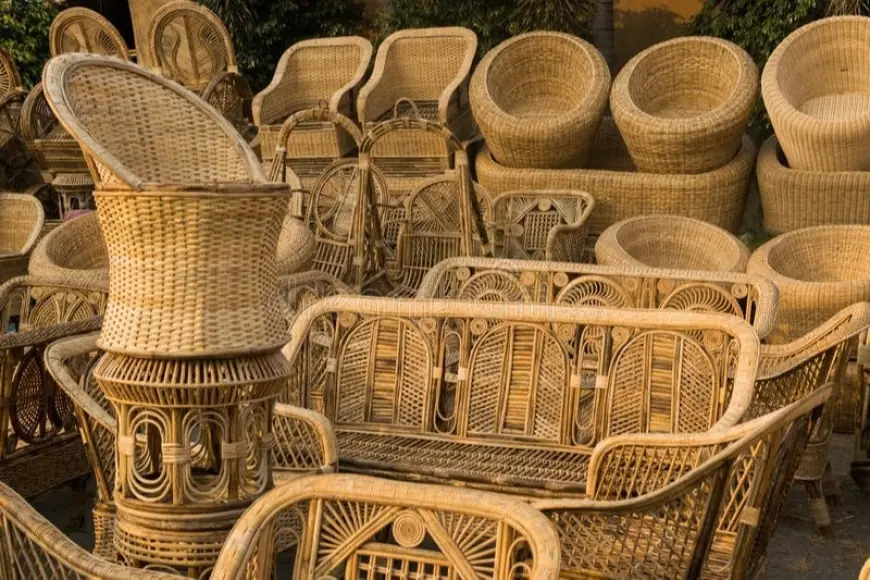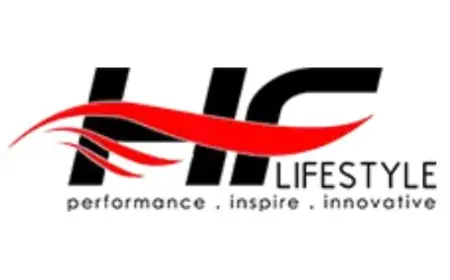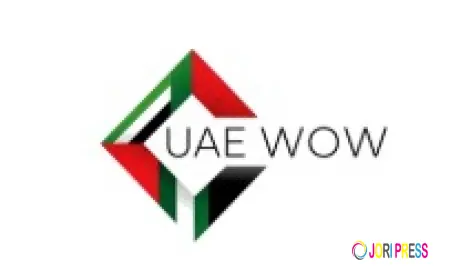Bamboo Handicrafts Manufacturing Plant Setup Cost 2025: Business Plan and Capital Investment
Eco-friendly bamboo handicrafts! From baskets to decor, discover unique, sustainable artistry. Handcrafted with care, naturally beautiful.

Introduction
Bamboo handicrafts are artisanal products meticulously crafted from various parts of the bamboo plant. Utilizing bamboo's natural strength, flexibility, and rapid renewability, artisans transform stalks, strips, and fibers into a diverse array of items. This traditional craft encompasses everything from functional pieces like baskets, mats, and furniture to decorative objects such as sculptures, lampshades, and musical instruments. The process often involves splitting, weaving, carving, and bending the bamboo, often incorporating traditional techniques passed down through generations. These handicrafts are valued not only for their aesthetic appeal and intricate designs but also for their eco-friendly nature, as bamboo is a highly sustainable resource. They represent a blend of cultural heritage, artistic skill, and environmental consciousness.
The Bamboo Handicrafts market is experiencing a significant surge, driven primarily by a growing global consumer preference for sustainable and eco-friendly products. As environmental consciousness rises, consumers are actively seeking alternatives to mass-produced items, favoring handicrafts made from rapidly renewable resources like bamboo. This aligns perfectly with the inherent sustainability of bamboo, which requires minimal water and no pesticides to grow. Another key driver is the increasing appreciation for unique design and craftsmanship. Bamboo handicrafts, often showcasing intricate traditional techniques, offer a distinct aesthetic appeal that stands apart from conventional factory-made goods. Furthermore, governmental initiatives and supportive policies promoting bamboo cultivation and handicraft industries in various regions are fostering growth. The expansion of e-commerce platforms also plays a crucial role, providing artisans with wider market access and connecting them directly with consumers seeking authentic, handmade, and environmentally responsible products.
Project Scope and Overview
IMARC Group’s report provides an in-depth analysis of the bamboo handicrafts manufacturing plant machinery cost, breaking down expenses related to essential equipment and technology needed for efficient production. Alongside, it offers a comprehensive bamboo handicrafts manufacturing business plan that outlines strategic steps for market entry, operational workflow, and financial forecasting. This combination of detailed machinery cost insights and a practical business plan enables entrepreneurs and investors to develop a well-structured approach to launching their manufacturing unit while optimizing investments and maximizing profitability in this rapidly growing sector.
Manufacturing Process and Technical Workflow
This report offers detailed information related to the process flow and the unit operations involved in a brass tube. Moreover, information related to raw material requirements and mass balance has further been provided in the report with a list of necessary technical tests as well as quality assurance criteria.
Aspects Covered
- Product Overview
- Unit Operations Involved
- Mass Balance and Raw Material Requirements
- Quality Assurance Criteria
- Technical Tests
Request for Sample Report: https://www.imarcgroup.com/bamboo-handicrafts-manufacturing-plant-project-report/requestsample
Infrastructure and Setup Requirements
This section presents a comprehensive analysis of key considerations involved in establishing a bamboo handicrafts. It covers critical aspects such as land location, selection criteria, strategic significance of the site, environmental impact, and associated land acquisition costs. In addition, the report outlines the proposed plant layout along with the primary factors influencing its design. Furthermore, it provides detailed insights into various operational requirements and expenditures, including those related to packaging, utilities, machinery, transportation, raw materials, and human resources.
- Land, Location and Site Development
- Plant Layout
- Machinery Requirements and Costs
- Raw Material Requirements and Costs
- Packaging Requirements and Costs
- Transportation Requirements and Costs
- Utility Requirements and Costs
- Human Resource Requirements and Costs
Browse the Full Report with the Table of Contents: https://www.imarcgroup.com/liquid-biofertilizer-manufacturing-plant-project-report
Financial Projections and Economic Viability
This section provides a comprehensive economic analysis for establishing a bamboo handicrafts. It encompasses a detailed evaluation of capital expenditure (CapEx), operating expenditure (OpEx), taxation, and depreciation. Additionally, the report includes profitability analysis, payback period estimation, net present value (NPV), projected income statements, liquidity assessment, and in-depth examinations of financial uncertainty and sensitivity parameters.
- Capital Investments
- Operating Costs
- Expenditure Projections
- Revenue Projections
- Taxation and Depreciation
- Profit Projections
- Financial Analysis
Key Considerations for Plant Design and Operations:
Production Capacity:
The selection of machinery and the design of the plant layout should be aligned with the intended scale of production, which may vary from small-scale operations to large industrial facilities. This alignment ensures optimal utilization of space, resources, and production capabilities.
Automation Levels:
The degree of automation should be adjusted based on factors such as labor availability, budget constraints, and the level of technical expertise. Options may range from semi-automated systems to fully automated solutions, allowing for flexibility in capital investment and operational efficiency.
Location Adaptation:
Plant location should be strategically selected to align with local market demand, ensure proximity to raw material sources, leverage available labor, and comply with regional regulatory requirements. These factors collectively contribute to improved operational efficiency and cost optimization.
Product Flexibility:
The plant should be equipped with processes and machinery capable of accommodating a variety of product specifications. This flexibility enables manufacturers to respond to diverse and evolving market demands effectively.
Sustainability Features:
Incorporating sustainable practices is essential. This includes the integration of renewable energy sources, implementation of efficient waste management systems, and use of energy-efficient machinery to meet environmental standards and long-term sustainability objectives.
Raw Material Sourcing:
The supply chain strategy should be customized to ensure reliable and cost-effective sourcing of raw materials. This approach should consider client-specific requirements and regional supply dynamics to maintain consistent production and manage input costs.
About Us:
IMARC Group is a leading global market research and management consulting firm. We specialize in helping organizations identify opportunities, mitigate risks, and create impactful business strategies.
Our expertise includes:
- Market Entry and Expansion Strategy
- Feasibility Studies and Business Planning
- Company Incorporation and Factory Setup Support
- Regulatory and Licensing Navigation
- Competitive Analysis and Benchmarking
- Procurement and Supply Chain Research
- Branding, Marketing, and Sales Strategy
Contact Us:
IMARC Group
134 N 4th St. Brooklyn, NY 11249, USA
Email: [email protected]
Tel No:(D) +91 120 433 0800
United States: +1-631-791-1145
What's Your Reaction?
 Like
0
Like
0
 Dislike
0
Dislike
0
 Love
0
Love
0
 Funny
0
Funny
0
 Angry
0
Angry
0
 Sad
0
Sad
0
 Wow
0
Wow
0

















































